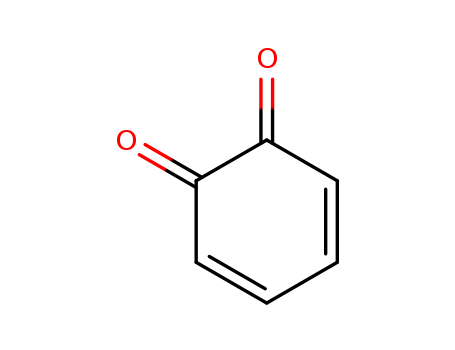10.1055/s-2000-8212
The research investigates the addition of zwitterionic intermediates, generated by triphenylphosphane and dimethyl acetylenedicarboxylate (DMAD), to 1,2- and 1,4-benzoquinones to synthesize novel unsaturated ?-spirolactones. The purpose is to explore the reactivity of quinones towards these intermediates and develop a method for creating highly functionalized spirolactones. The study finds that both ortho- and para-quinones readily react with the zwitterionic intermediate, yielding spirolactones in moderate to high yields. Key chemicals used include triphenylphosphane, DMAD, various benzoquinones (such as 4,6-di-tert-butyl-3-methoxy-1,2-benzoquinone and 1,4-benzoquinone), and solvents like benzene. The results show that this method provides a facile route to produce spirolactones, which are present in several biologically active natural products.




